
Asperger syndrome (AS), also known as Asperger's syndrome, formerly described a neurodevelopmental disorder characterized by significant difficulties in social interaction and nonverbal communication, along with restricted and repetitive patterns of behavior, interests, and activities. The syndrome has been merged with other disorders into autism spectrum disorder (ASD) and is no longer considered a stand-alone diagnosis. It was considered milder than other diagnoses that were merged into ASD due to relatively unimpaired spoken language and intelligence.

A sleep disorder, or somnipathy, is a medical disorder of an individual's sleep patterns. Some sleep disorders are severe enough to interfere with normal physical, mental, social and emotional functioning. Sleep disorders are frequent and can have serious consequences on patients’ health and quality of life. Polysomnography and actigraphy are tests commonly ordered for diagnosing sleep disorders.

Insomnia, also known as sleeplessness, is a sleep disorder where people have trouble sleeping. They may have difficulty falling asleep, or staying asleep for as long as desired. Insomnia is typically followed by daytime sleepiness, low energy, irritability, and a depressed mood. It may result in an increased risk of accidents of all kinds as well as problems focusing and learning. Insomnia can be short term, lasting for days or weeks, or long term, lasting more than a month. The concept of the word insomnia has two possibilities: insomnia disorder (ID) and insomnia symptoms, and many abstracts of randomized controlled trials and systematic reviews often underreport on which of these two possibilities the word insomnia refers to.
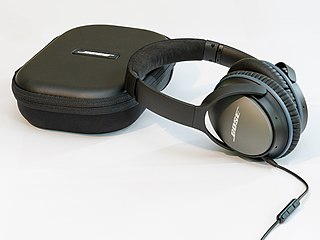
Noise-cancelling headphones are a special type of headphones which suppress unwanted ambient sounds using active noise control. This is distinct from passive headphones which, if they reduce ambient sounds at all, use techniques such as soundproofing.
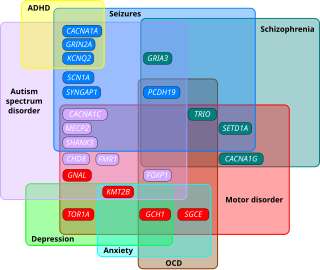
Autism spectrum disorders (ASD) are neurodevelopmental disorders that begin in early childhood, persist throughout adulthood, and affect three crucial areas of development: communication, social interaction and restricted patterns of behavior. There are many conditions comorbid to autism spectrum disorders such as attention-deficit hyperactivity disorder and epilepsy.
High-functioning autism (HFA) was historically an autism classification where a person exhibits no intellectual disability, but may experience difficulty in communication, emotion recognition, expression, and social interaction.
A hug machine, also known as a hug box, a squeeze machine, or a squeeze box, is a therapeutic device designed to calm hypersensitive persons, usually individuals with autism spectrum disorders. The device was invented by Temple Grandin to administer deep-touch pressure, a type of physical stimulation often self-administered by autistic individuals as a means of self-soothing.
Sensory overload occurs when one or more of the body's senses experiences over-stimulation from the environment.
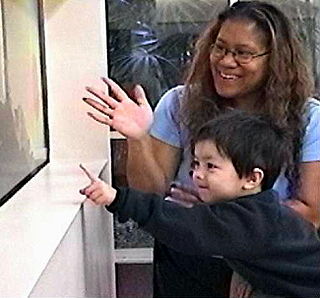
Autism therapies include a wide variety of therapies that help people with autism, or their families. Such methods of therapy seek to aid autistic people in dealing with difficulties and increase their functional independence.
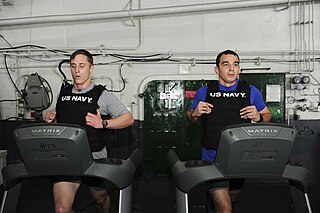
Weighted clothing are garments that have heavy materials incorporated into them, to add weight to various parts of the body, usually as part of resistance training. The effect is achieved through attaching weighted pieces to the body which leave the hands free to grasp objects. Unlike with held weights or machines, weighted clothing can leave users more able to do a variety of movements and manual labour. In some cases certain weighted clothing can be worn under normal clothing, to disguise its use to allow exercise in casual environments.
Progressive muscle relaxation (PMR) is a method of deep muscle relaxation that does not involve any medications, meaning it is a non-pharmacological intervention. The idea behind progressive muscle relaxation is that there is a relationship between a person's mind and body. The body responds to its environment by creating certain mind or body states such as anxiety, stress, and fear. When the body is in these states, the muscles tense up. Progressive muscle relaxation aims to reverse these body states back to more neutral, relaxed states.
Sensory integration therapy (SIT) was originally developed by occupational therapist A. Jean Ayres in the 1970s to help children with sensory-processing difficulties. It was specifically designed to treat Sensory Processing Disorder. Sensory Integration Therapy is based on A. Jean Ayres's Sensory Integration Theory, which proposes that sensory-processing is linked to emotional regulation, learning, behavior, and participation in daily life. Sensory integration is the process of organizing sensations from the body and from environmental stimuli.
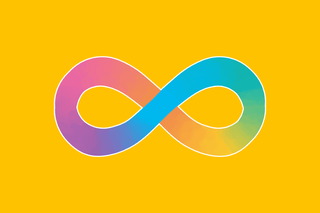
Societal and cultural aspects of autism or sociology of autism come into play with recognition of autism, approaches to its support services and therapies, and how autism affects the definition of personhood. The autistic community is divided primarily into two camps; the autism rights movement and the Pathology paradigm. The pathology paradigm advocates for supporting research into therapies, treatments, and/or a cure to help minimize or remove autistic traits, seeing treatment as vital to help individuals with autism, while the neurodiversity movement believes autism should be seen as a different way of being and advocates against a cure and interventions that focus on normalization, seeing it as trying to exterminate autistic people and their individuality. Both are controversial in autism communities and advocacy which has led to significant infighting between these two camps. While the dominant paradigm is the pathology paradigm and is followed largely by autism research and scientific communities, the neurodiversity movement is highly popular among most autistic people, within autism advocacy, autism rights organizations, and related neurodiversity approaches have been rapidly growing and applied in the autism research field in the last few years.

Classic autism, also known as childhood autism, autistic disorder, (early) infantile autism, infantile psychosis, Kanner's autism,Kanner's syndrome, or (formerly) just autism, is a neurodevelopmental condition first described by Leo Kanner in 1943. It is characterized by atypical and impaired development in social interaction and communication as well as restricted, repetitive behaviors, activities, and interests. These symptoms first appear in early childhood and persist throughout life.

Autism, formally called autism spectrum disorder (ASD) or autism spectrum condition (ASC), is a neurodevelopmental disorder marked by deficits in reciprocal social communication and the presence of restricted and repetitive patterns of behavior. Other common signs include difficulties with social interaction, verbal and nonverbal communication, along with perseverative interests, stereotypic body movements, rigid routines, and hyper- or hyporeactivity to sensory input. Autism is clinically regarded as a spectrum disorder, meaning that it can manifest very differently in each person. For example, some are nonspeaking, while others have proficient spoken language. Because of this, there is wide variation in the support needs of people across the autism spectrum.
Autism-friendly means being aware of social engagement and environmental factors affecting people on the autism spectrum, with modifications to communication methods and physical space to better suit individual's unique and special needs.
Discrimination against autistic people is the discrimination, persecution, and oppression that autistic people have been subjected to. Discrimination against autistic people is a form of ableism.
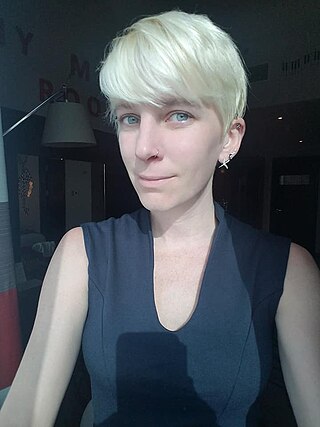
Jolene Creighton is an American media executive, entrepreneur, and consultant. She was the Founding Editor-in-Chief of the science news site Futurism. In 2017, Creighton co-Founded Gravity Products, a subsidiary of Futurism. The company's inaugural product, The Gravity Blanket, pioneered the weighted blanket movement. Creighton also served as Editor-in-Chief of the science and technology news site Interesting Engineering and Executive Editor at the Web3 media publication NFTnow.

Sensory friendly is a designed environment which is an accommodation for people who have a sensory dysfunction or a sensory processing disorder. There are sensory friendly experiences which are offered by businesses and there is also sensory friendly furniture.
Autistic burnout is a prolonged state of intense fatigue, decreased executive functioning or life skills, and increased sensory processing sensitivity experienced by autistic people. Autistic burnout is thought to be caused by stress arising from masking or living in a neurotypical environment that does not accommodate needs of autistic people.













